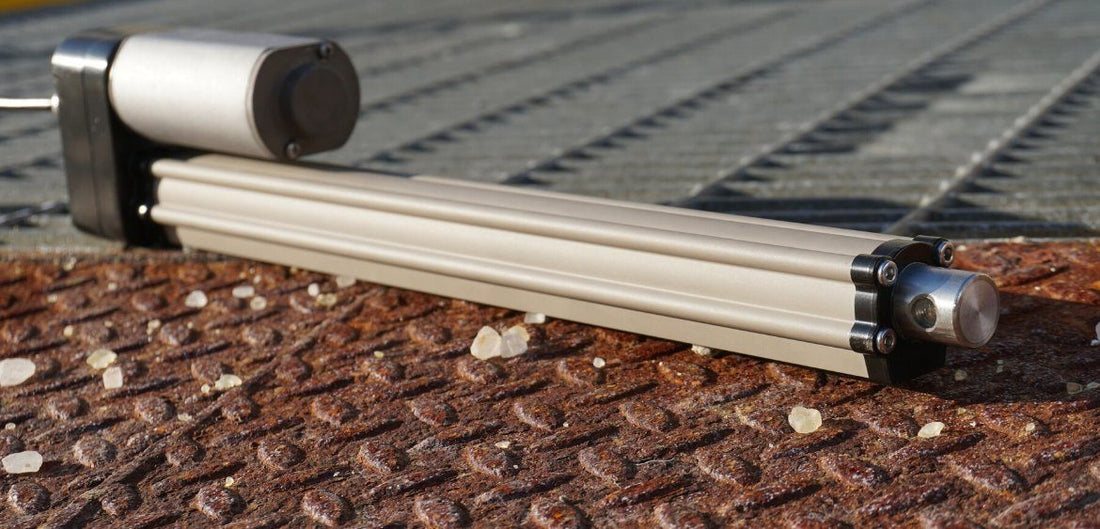A salt spray test is a standardized and popular testing method conducted to evaluate corrosion resistance of materials and protective coatings. The test mimics corrosive environments in an accelerated time frame, allowing you to compare the relative corrosion resistance of various coatings.
The Salt Spray Testing Process

The salt spray testing standard is typically performed in accordance with ASTM B117 testing procedures. The ASTM B117 salt spray test outlines the standard practice for performing a salt spray test, including how to create and maintain the salt spray test environment so the results can be achieved consistently from one testing lab to the other. Specimens are placed in a closed chamber and exposed to a dense metal fog simulating severely corrosive conditions.
The tests can last anywhere from 8 to 3,000 hours (more or less for special cases) and employ a 5% sodium chloride solution with a pH between 6.5 and 7.2. Once the specimen has been subjected to the corrosive environment for the set period, it is inspected to evaluate corrosion (the appearance of rust or other oxides). The specimen under examination must be free of any signs of corrosion to be accepted.
Quality testing instruments are used in every industry to help identify defects and deliver first-class products. In an industry where metal is the prime material used in manufacturing, testing the life of the product against corrosive environments is crucial. Learn more about how to prevent actuator water damage.
Benefits and Downsides of a Salt Spray Test
Salt spray testing is popular because it is relatively inexpensive, efficient, well standardized, and repeatable. Although there may be some controversy about the correlation between the duration of a salt spray test and the expected life of a material, this test has gained wide popularity due to its quick results.
To test corrosion resistance in a real-world environment is far too time consuming. As testing is unable to replicate exact real-world corrosive conditions, it has little application in predicting how materials or surface coatings will resist corrosion in the real world. Most salt spray chambers today are not being used to predict the corrosion resistance of a coating, but to maintain a standard for coating processes. There are numerous applications in many different industries including, military, medical, aerospace, and many more.

PA-10 Actuator with a Salt Spray Rating
At Progressive Automations, we offer our PA-10 linear actuator in a 400-hour salt spray option. This option utilizes a porcelain plating finish on the stroke rod enclosure and motor housing cap as compared to anodic oxidation on the standard PA-10 actuator. The salt spray option also features a galvanized nickel alloy finish on the motor housing as compared to silver paint on the standard unit. The 400-hour salt spray option offers superior protection to test corrosion resistance in harsh corrosive conditions compared to the standard unit.
Conclusion
Salt spray testing is an efficient way to check corrosion resistance, although it does not completely mimic the very complicated natural corrosion process, it is widely used as the standard for coating processes. For applications requiring corrosion resistance, we recommend utilizing one of our PA-10 actuators in the salt spray option.
If you have any questions or concerns regarding how to evaluate corrosion of a linear actuator using a salt spray test on our actuators, please do not hesitate to reach out to us at 1-800-676-6123 or email us at sales@progressiveautomations.com. Our experienced team of engineers is more than happy to help, the best way we can, with whatever you need.




